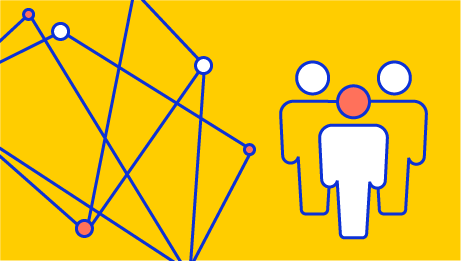List course un catalog
Use case: Dashboard for the State of the Environment

Welcome to this course about the service “Dashboard for the State of the Environment”. This service was developed in one of the EOSC Future Science Projects, which aims at giving you insight on the state of the environment via an interactive dashboard. This course is intended for anyone (researchers, policy makers, general public) who would like to use the Dashboard, either to view and access the visualised data or to provide data to be shown on the Dashboard. For those who would like to duplicate the architecture to develop their own dashboard, a separate tutorial is being developed.
EOSC End-users
By the end of this course you will be able to:
- Explain how the Science Project came about and identify the different involved Research Infrastructures and their contributions to the Science Project.
- Confidently use the Dashboard for the State of the Environment to view environmental indicators.
- Discuss how EOSC Core Services were used by this Science Project and how these could be applied in your own research / research institution, if applicable.
- Upload your own data frame to the Dashboard.
Objectives
This course aims to:
- Give you an overview of the Science Project “Dashboard of the State of the Environment”.
- Explain how to use the Dashboard as a user viewing and downloading data.
- Explain how to use the Dashboard as a provider of new data frames.
Course structure
This course should take you approximately 30-45 minutes to work through (also depending on how much time you dedicate to practising with the Dashboard). The first two sections give you the context to the Science Project and the Dashboard; you could use the Dashboard without this context but it will make it more understandable if you do read these sections first. The third section explains how to use the Dashboard to view [and download?] data, while the fourth section goes into how to provide your own dataset as a frame on the Dashboard. You can choose the sections which are most relevant for you; for example if you only want to learn how to use the Dashboard to view environmental indicators, you do not need to go through section 4. For some sections we have provided a range of enrichment reading that you can use to broaden and deepen your knowledge on the mentioned topics.
Target audiences and knowledge prerequisites
This Science Project mainly targets scientists who work in environmental scientific fields as well as in data science, not only in academia but also in industry. With the topic being related to climate change and its impacts on the society and ecosystem, this Science Project also targets scientists from social sciences, people working with policy makers or in scientific outreach and citizen science projects. The frontend of the Dashboard service is easy to use without necessarily having a scientific background.
Technical requirements
The Dashboard can be accessed via this link: https://env-dashboard.eoscfuture.eu/ on most of the widely used web browsers (Safari is not currently supported), on both desktop and mobile devices. The website uses cookies that you need to accept to access full functionality of the service. There is a public version of the Dashboard available to all users, and a more advanced version (where the Dashboard view can be customised and more features are offered through interactive interfaces) is provided to users after logging in (see Section 3 'How to use the Dashboard').
Evaluation
You may just want to follow parts of this course to understand how to use the Dashboard or how to add your indicators and create your own frames. If, however, you are following the whole course and would like to test your knowledge at the end, you can take the end of module quiz.
Data Visualisation
EOSC
Open Science
Citizen Scientists
Data Stewards
Funders
IT Professionals
Librarians
Policy Makers
Research Support
Researchers
Trainers
CC-BY
Unit Plan
Create account
By creating an account and enrolling on a course you can track your progress and earn a statement of participation.